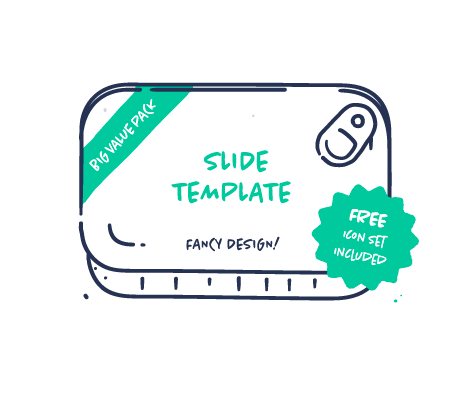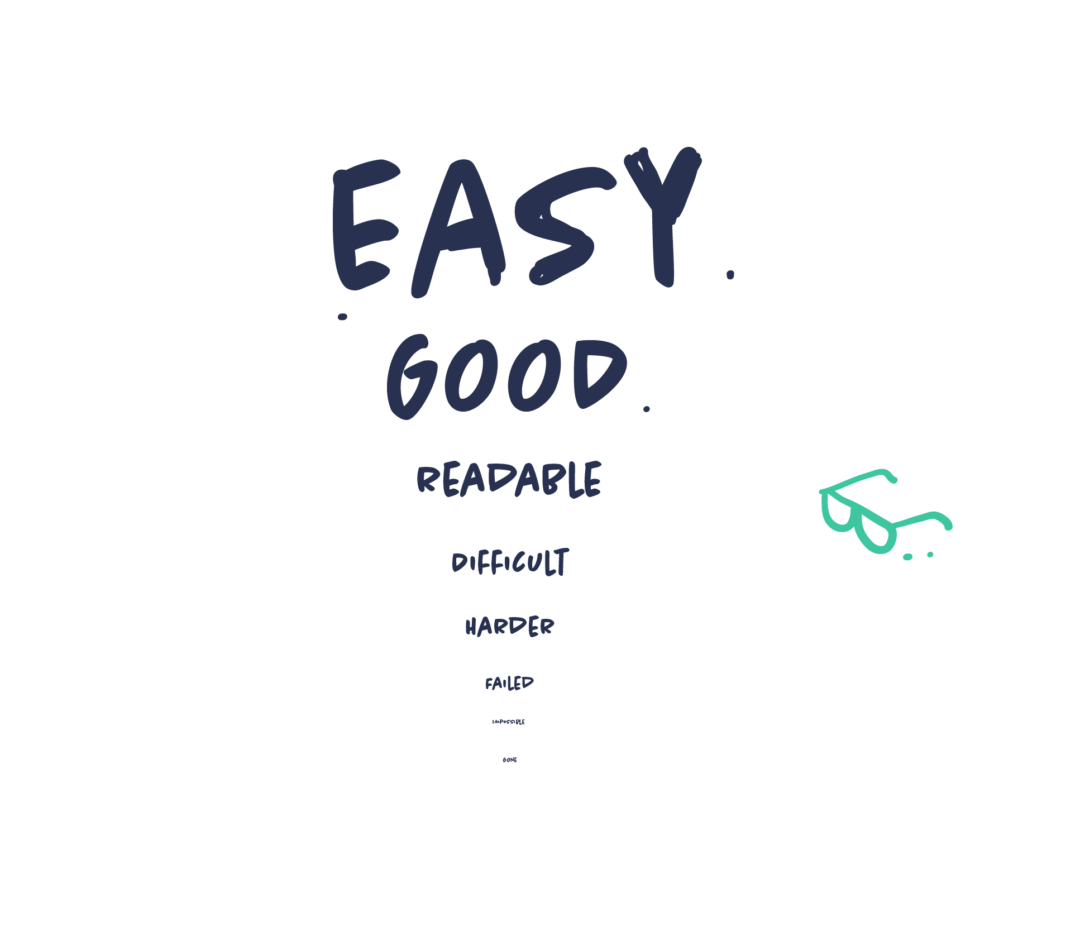Our 7 most essential advice on slide design
Whether you are a designer or a generalist, these 7 valuable lessons can improve your design in any presentation.

We’ve been working with presentation design and slide decks for a decade now. We’ve failed. We’ve succeeded. But most importantly, we’ve learned.
At some point, we started to compile all the most important lessons we’ve learned in a little notebook — as a way to get smarter and make sure we didn’t repeat the same mistakes over and over.
For this post we have collected the 7 most essential advice from the notebook specifically on the design of the slides. They are design advice for ourselves as specialists – but they can be applied by anyone working with presentations and are just as useful for generalists as for professionel designers working with presentations every day.
Design for context
Keep the context in mind when creating your slides. In a presentation, your slides should complement your spoken words. Use them to display visuals like charts and graphs, highlight key takeaways with large text, and reinforce your main points.
As a handout, slides become a reference document. In this case, include more detailed information, data, or explanations to ensure they stand alone.
If your slides will serve both purposes, consider creating two separate versions tailored to each context.

Stock templates are junk food
Using flashy slide templates might look like an easy way to get a professional presentation. But it’s almost always a bad idea, even if you need a quick, cheap solution.
Templates have several drawbacks. They limit your design, make your presentation look generic, and force you to fit your content into their structure. This can result in a presentation that looks inconsistent or unprofessional. Most importantly, you lose the chance to make a presentation that perfectly fits your message, content, brand, and audience. So, to sum it all up: just don’t use them.

Readability first
Prioritise readability in your presentation design. Often, small font sizes are chosen to cram in more text, or poor design choices prioritize aesthetics over function. Consider your presentation environment. Will you be presenting in a large room? How is the lighting? Will the presentation be viewed on mobile devices? These factors all impact readability. Ensure your text is easy to read in any context by considering font size, contrast, and background.

Split your slides
It’s a misconception that you have to limit the number of slides. Doing so forces you to fit multiple stories onto one slide. This is bad for two reasons: First, it creates overcrowded slides. Second, it makes it difficult for your audience to focus, as they are exposed to multiple sub-stories simultaneously.
You won’t save any presenting time and it can actually be less effective. Instead dedicate one full slide to each point. While your slide count will increase, your effectiveness in communicating those ideas will likely increase because your audience will be focused on one single idea rather than juggling three different ideas at a time.

Escape slide monotony
A repetitive slide deck will make it difficult to keep your audience’s attention, make your messages memorable, and differentiate the slides from one another.
You might have similar content throughout your deck, but strive to present it in a captivating and engaging way. Diversify slide types, design, and backgrounds to help your audience distinguish between them. The goal is to create a memorable presentation where each idea stands out.

Keep it consistent
Consistency is crucial for any presentation — consistency in terms of tone of voice, layout, imagery, and everything else. It’s easy advice to give but hard to achieve and maintain. More often than not, we end up with something that looks more like a patchwork quilt. This is especially true if you add slides from other presentations.
Color schemes from other documents, misaligned text, varying fonts, and other inconsistencies can afflict your presentation, especially when it’s being built collaboratively. Keep an eye on the overall look and feel of your presentation, as well as the formatting details, to create a consistent and cohesive whole.

White space will make your slides breathe
It can be tempting to maximize your slides; to add more visuals, another quote, or some additional text for context—all to ensure your point comes across. But by doing so, you force yourself to fit more content into less space. This will likely result in dense and cluttered slides with poor readability.
Force yourself to include only one visual and one headline, and let your slides breathe with plenty of white space. Minimal and concise slides help your audience focus and will make your message clearer and more memorable.

For more advice check out our full notebook. All hard-earned insights about slides and presentation design. Hands-on, honest and condensed – from 10+ years of experience.





